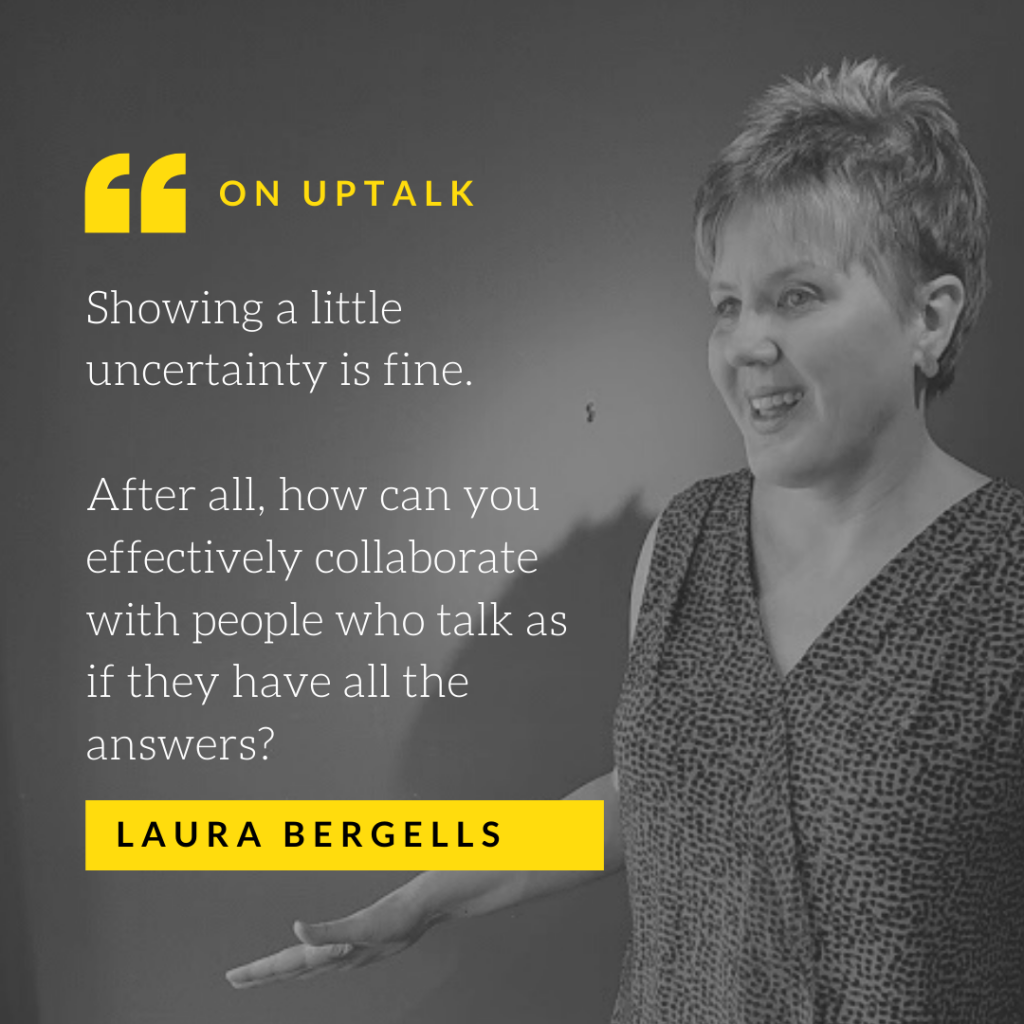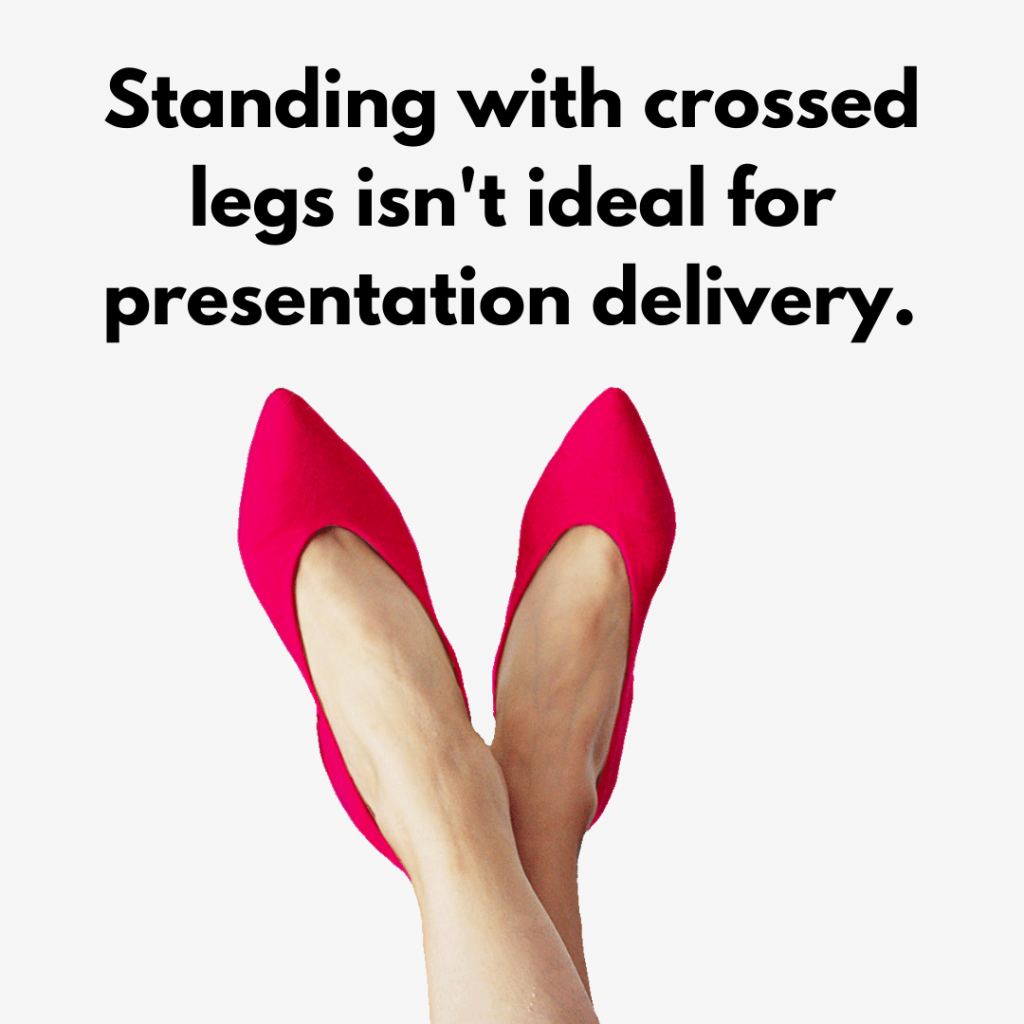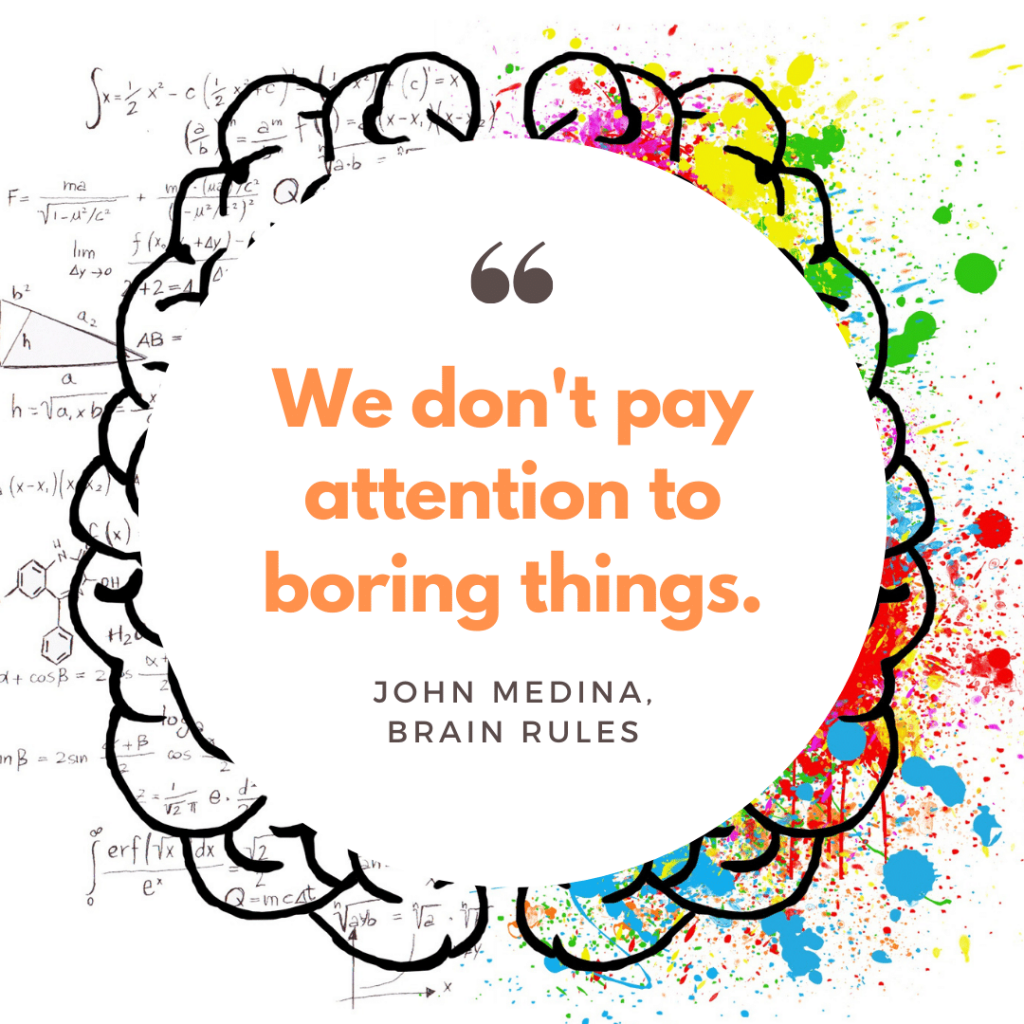
Chit-chat is valuable. It’s how we connect with each other. It generates feelings of trust and empathy.
How do you generate chit-chat and off-topic discussions in online classes and meetings? Here are my top 6 ways.

1. Pre-game. I tell students that I show up 15 minutes before class starts. If they’d like to pop in early, they can. Usually, a few students show up. We start talking. Lately, we’ve been talking about dogs. But when others enter, they hear dog talk and join in. (Dogs have nothing to do with my class!)

2. Bio breaks. If you have to go, go! But keep the session open while you’re gone. People who don’t have to “go” can chat. (Some usually do.) When people come back, there’s a conversation in progress that extends beyond the scheduled break as people jump in.

3. Backgrounds, backgrounds, backgrounds! “Hey, what’s in your background? Why is it important to you? What do you wish was in your background?” Some interesting stories and lively back-and-forth have fallen out of simple curiosity.

4. Breakout rooms. Assign an exercise, then put people into rooms together to work. Sometimes, people get the exercise done early and chat. Other times, they come back to the main session and chat. Either way, it’s cool. We all chit-chat when we return to the main session.

5. Tell stories. To create a culture of storytelling, I like to use this simple tactic: start each meeting by asking if anyone has a good story to share. This works both online and off. It also gets people into the habit of talking in terms of story instead of data points.

6. Show and tell. Ask if anyone has a weird thing in their house that they’d like to share with the group. I’ve seen some weird things — and they always come with a little bit of a story. It seems that almost everyone has something weird laying around their home or office.
How else do you make the serendipity of chit-chat happen?
—————————————-
Laura Bergells is a professional story finder. She writes, coaches, teaches, and speaks. Check out her online courses at LinkedIn Learning.
🔥🔥🔥 Laura also teaches “Presenting On Camera” – a live, interactive group class for sales and training professionals who need to shift from in-person to on-camera presentations. Call to inquire about availability and rates.



